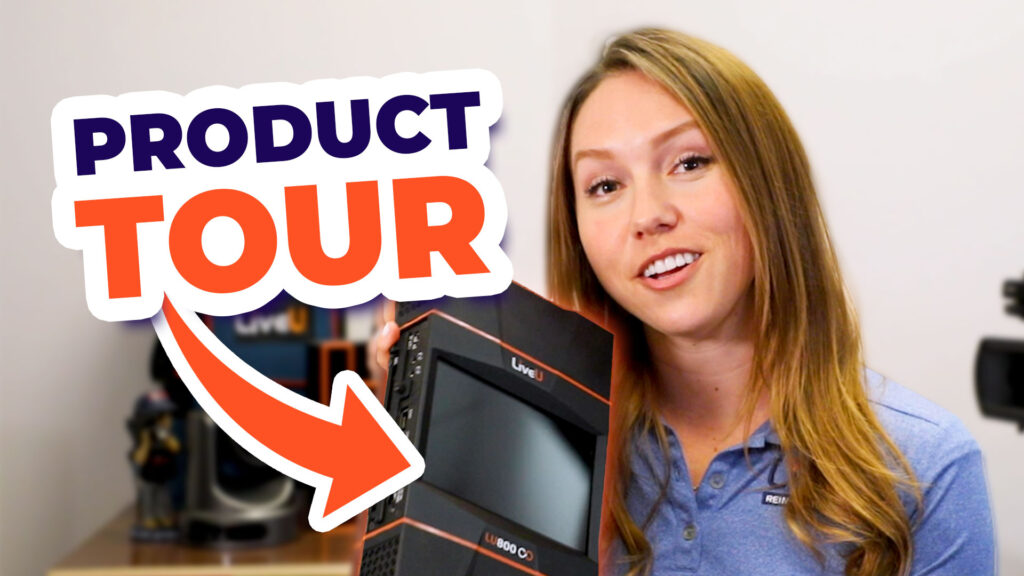6 Reasons to Adopt a REMI Workflow for Your Next Production
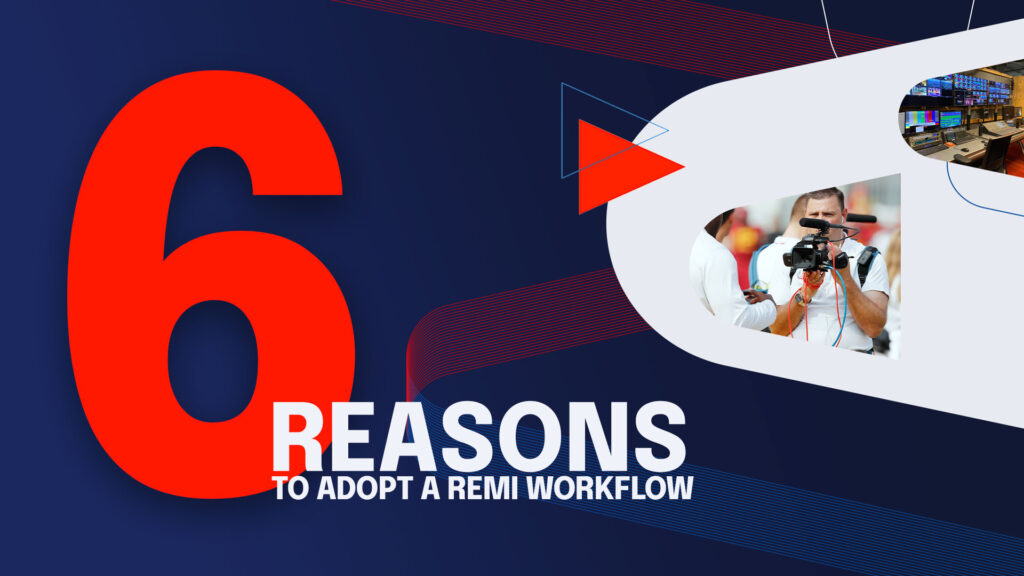
REMI Production has taken the broadcast and production worlds by storm. A workflow heavily adopted during the global pandemic, Remote Production (REMI) has a large amount of benefits, from optimized resource allocation and cost savings to technology enhancement. REMI Production allows you to backhaul individual camera sources from any remote location back to an offsite production facility or control room…allowing the full production to be done in a centralized location rather than bringing the full production and staff onsite.
This blog will go over six reasons you should consider adopting a REMI workflow for your next production.
1. Cutting-Edge Technology
Staying at the forefront of innovation is something LiveU has always done and continues to do, empowering producers, creators, and production teams to bring to their workflows and events. The rise of remote production has exploded during the global pandemic and caused many to see the significant benefits of using such a workflow, no matter the circumstances. Many producers of events mention not seeing a difference between events produced on-site vs off-site, sometimes thousands of miles away.
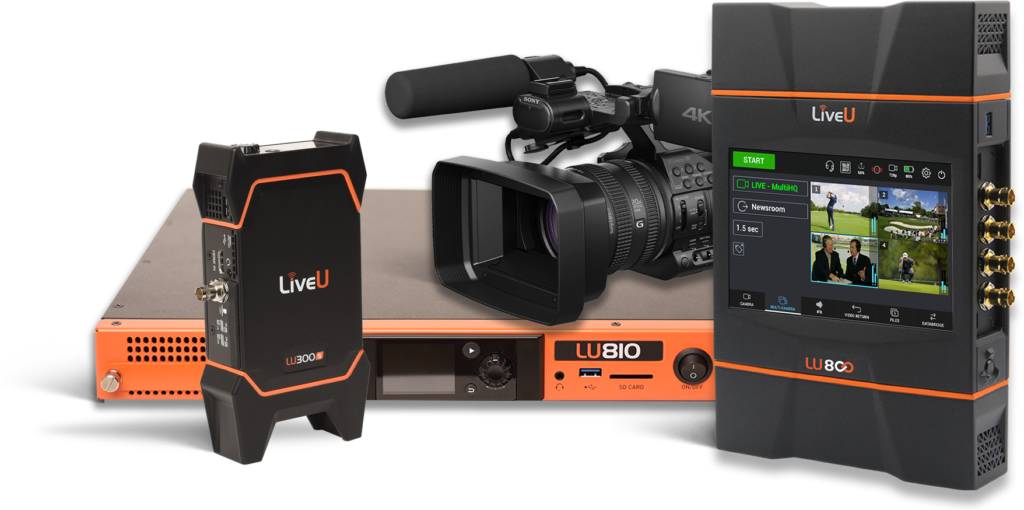
Technology has and only will continue to increase in efficiency and quality. With the improvement in cellular bonding technology and the introduction of 5G networks, bandwidth and reliability are more dependable than ever. That, along with HEVC encoding and 10-bit HDR color depth, will give your productions the professional look your audience is expecting. Adopting a remote production workflow allows you to future-proof your productions and protect your equipment, only requiring you to send a small amount to your production site and keep most of your expensive broadcast equipment at home, in one facility.
2. Less Travel
It’s no surprise that sending an entire production team on-site is costly for many reasons. Paying for flights and travel, staying at hotels and reimbursement for food and drinks can add up quickly. Remote Production allows you to send less staff on-site. You can send your camera operators OR even hire freelance operators onsite and keep your production staff at home in your facility. Your technical directors, audio engineers and graphics operators fill the same need – whether they’re in the parking lot of the sporting venue or in the comfort of their production studio.
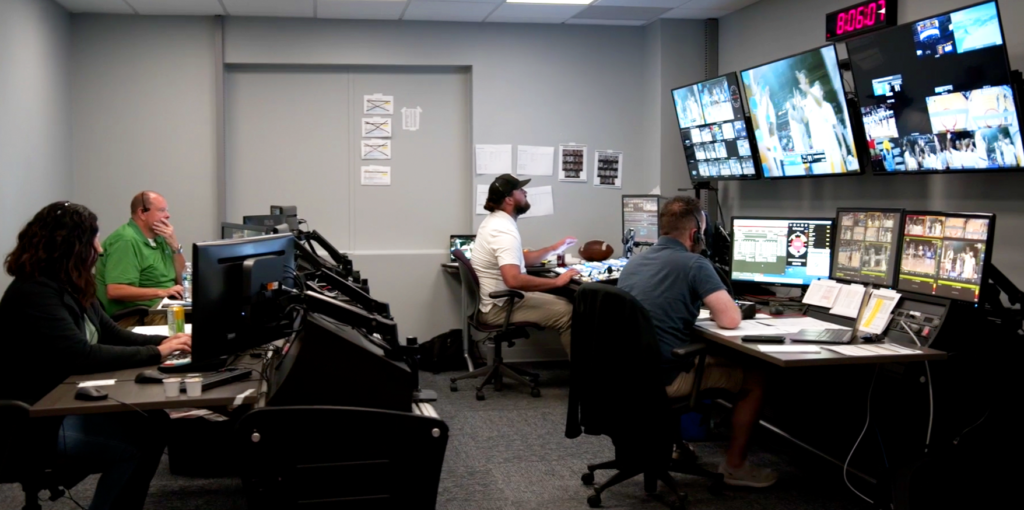
3. Scalability
Preparing for a production is a time-consuming process. Pre-production planning, running cables, sourcing for power and internet, testing time and farming out equipment before the broadcast, plus getting new staff in the truck up to speed on the technology and run of show – all of this is a process that can either be eliminated or significantly cut down when leveraging a remote production workflow.
And what do you do with this extra time? Well, you can focus on more important elements of the production, or you use the time to be able to scale up the number of productions you can do in a given period of time.

For example, going into a production you designate expensive systems to sit on site, your switcher, replay, graphics, audio, all being occupied at a given location, until it rolls to the next. With remote production, your equipment and crew can forge ahead and produce another event the same day that might be in an entirely different location. It’s opening up MORE time for you to produce MORE events.
You also have the option to fly equipment from location to location, so the available markets that you can offer production in aren’t limited to how far your truck can travel to.
4. Cost Savings
Everyone is always looking to cut their costs and make sure that their budgets are being used on items that make sense for their business.
Take travel, hotels, and per diem for the above the line crew, as an example like I mentioned earlier. In a traditional production, you could be spending upwards of, let’s say, $750 per crew member to travel to site. Depending on the size of your production or length of the event, that cost could be anywhere between $3K to $10K per event.
With remote production, you’re obviously not traveling nearly the same amount of people for an event. Directors, TD, Graphics/replay operators, nearly all the “above the line” talent are staying in the same control room for every event. No planes, trains, or hotels are necessary.
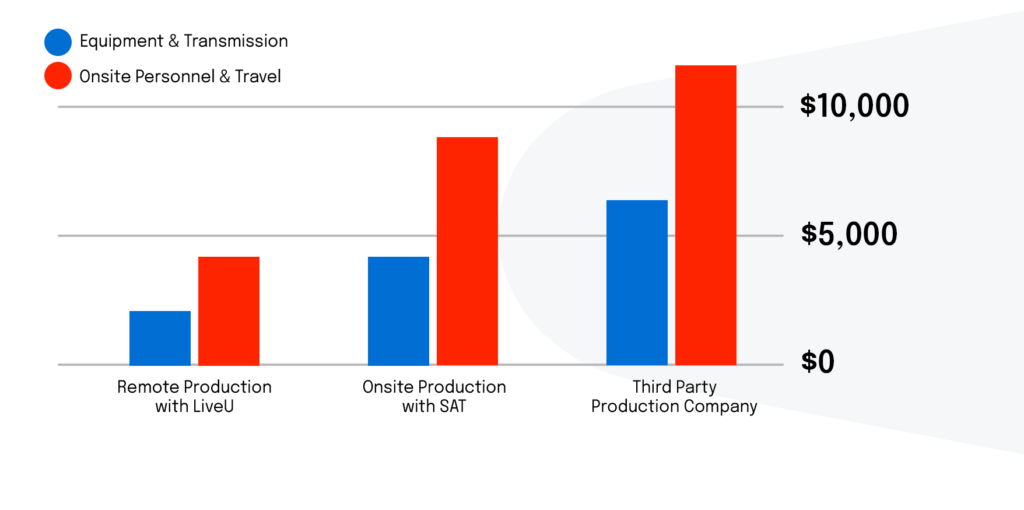
Regarding equipment, building out your production resources in a fixed location versus in a truck is significantly less expensive. Investing in your own equipment versus renting from a third-party service provider is also a huge cost saving over time.
Regarding event budgets, while you may still need the same equipment that’s in a truck, costly factors that come with managing a truck like getting the equipment to site, faxing out your gear to make sure nothing was damaged during the travel time, even sourcing truck power, parking and internet access all get shifted or reduced in your budget.
5. Continuity & Branding
In each of your broadcasts, there’s a level of expectation of the end-result, the produced product. It’s especially important if you’re responsible for producing an entire season for a team or league. There are specific elements and overlays seen on broadcasts that the viewer at home expects to see when watching their team play. We’ve all seen the score bugs that become familiar to you when you’re watching a FOX or NBC broadcast, or on camera talent who knows the players and the league so well, it’s a subconscious expectation for fans of any sports, that they want you to tell the game’s story the same way each time. They may even want the video quality and audio produced the same.

This can create issues when you’re leveraging different resources for every event, like directors, graphics operators, audio engineers or even an entirely different production company for each event. With remote production, the people who are involved are the same across every event, regardless of location. The end-result might not be clear to the viewer, but they’ll come back more often when they know what to expect in a production.
6. Environmentally Friendly
Adopting a REMI production workflow can help reduce your company’s carbon footprint by cutting down the need for production trucks and travel to site. By decreasing travel, the amount of equipment needed, and power usage, allows your organization a more sustainable and cost-effective alternative for live broadcasts. You can save on costs, time, headaches, and all the other things mentioned already…while also helping to save the planet at the same time.
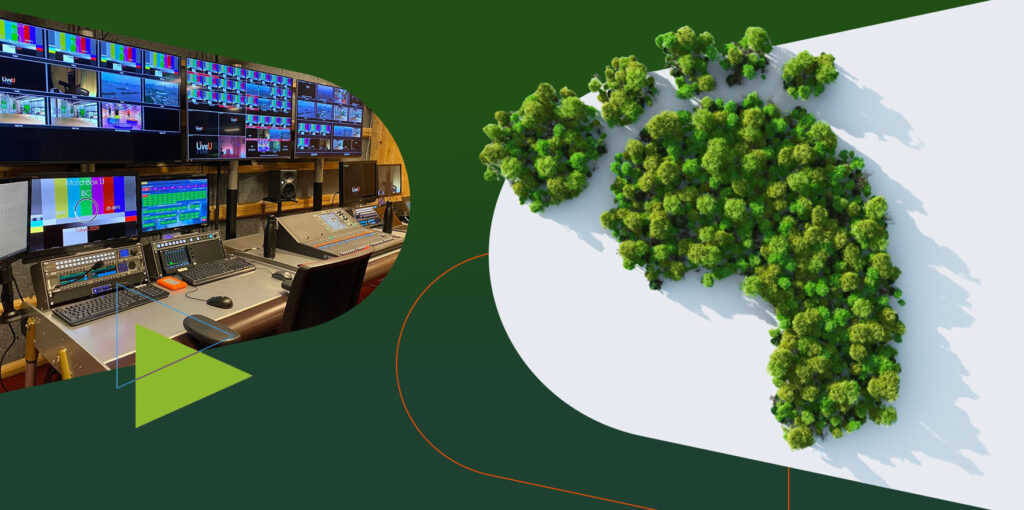
Interested in learning more about Remote Production? We have a 7-episode Remote Production video series that dives deeper into the workflow, equipment, savings, features and more.
